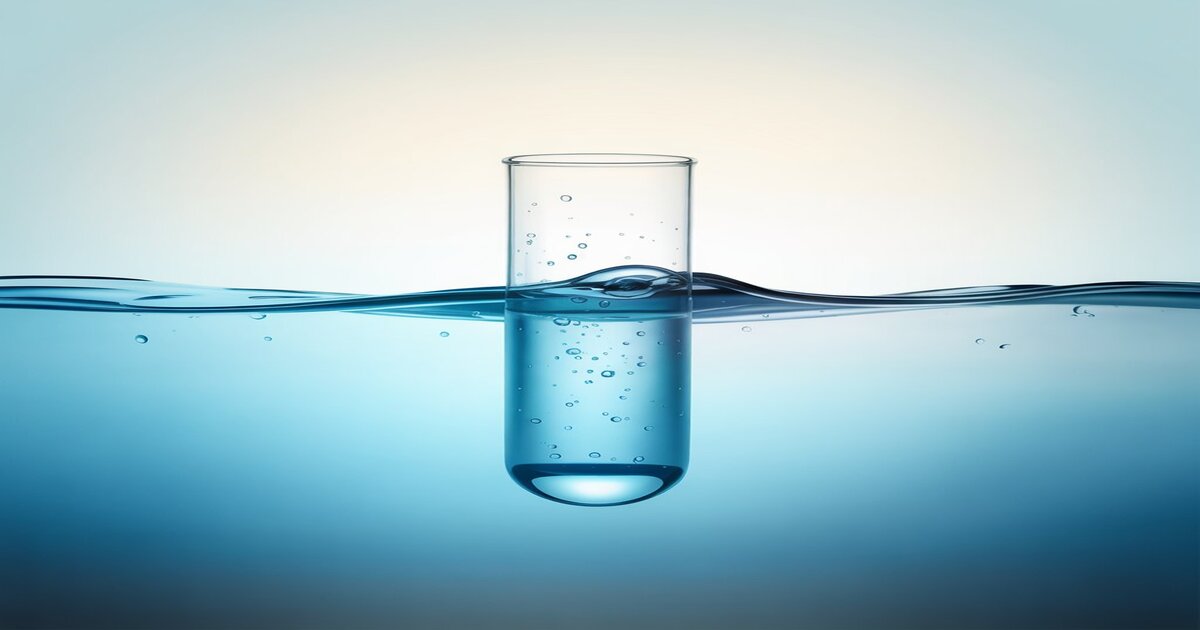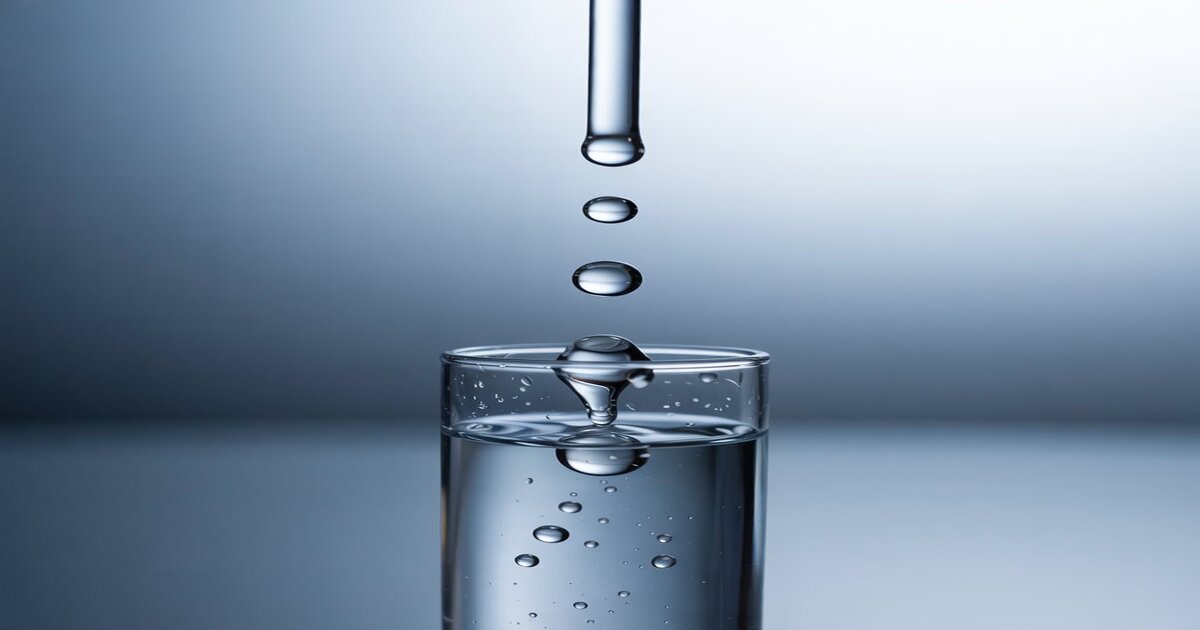You still need to understand capillary action even if you’ve never heard of it. The movement of water (and everything dissolved in it) depends on capillary action. It is described as the flow of water through a porous medium as a result of surface tension, adhesion, and cohesion forces.

The forces of cohesion (water molecules want to remain near one another) and adhesion (water molecules are attracted to and adhere to other objects) make water sticky, which causes capillary movement. When water adheres to a vessel’s walls, the liquid at the edges experiences an upward push, which causes a meniscus to turn upward. The surface is held together by surface tension. When the cohesive forces between the liquid molecules are weaker than the adherence to the walls, capillary action takes place. Surface tension and, of course, gravity limit how high capillary action will carry water in a uniform circular tube (see illustration to right).
In addition to its propensity to adhere to one another in a drop, water also adheres to glass, fabric, organic materials, dirt, and—fortunately—paper towel fibers. When a paper towel is dipped in a glass of water, the water will “climb” onto it. . Indeed, it will continue to climb the towel until the force of gravity becomes too great for it to resist.
Capillary action is all around us every day
A paper towel will “magically” crawl up the towel after being dipped in water, seemingly defying gravity. “Climbing up” is roughly accurate; the water molecules ascend the towel and pull other water molecules with them. This is capillary action in action. (It goes without saying that the Mona Lisa loves capillary action!)
Without capillary action, plants and trees would not be able to flourish. In order to transport water from the earth up into the plant, plants bury roots in the ground. Water enters the roots and begins to ascend the plant tissue, carrying with it dissolved nutrients. Water is drawn up into the roots with the aid of capillary action. However, capillary action can only “pull” water up a limited distance before losing its ability to defy gravity. The plant’s xylem uses the forces of adhesion and cohesion to transfer water to the farthest leaf in order to supply water to all of the branches and leaves.
The drainage of the eye’s continuously produced tear fluid likewise depends on capillary action. The inner corner of the eyelid has two tiny-diameter tubes called the lacrimal ducts, which release tears into the eye. (Reference: Wikipedia)
Perhaps your parents or grandparents used fountain pens, or perhaps you have. Instead of simply turning into a blob, the ink travels from a reservoir in the pen’s body all the way to the tip and into the paper, which is made up of small paper fibers and the air spaces between them. Naturally, gravity causes the ink to travel “downhill” to the tip of the pen, but capillary action is necessary to keep the ink flowing onto the paper. By placing the bottom of a celery stalk in a glass of water containing food coloring and observing how the color moves to the top leaves of the celery, you can observe capillary action in action—albeit slowly. It needs a rapid drink, therefore you might wish to use a piece of celery that has started to shrivel. As these images demonstrate, the colored water is “drawn” upward against gravity, but it may take several days. Water molecules in plants travel through tiny tubes known as capillaries, or xylem, which is why this phenomenon occurs.

